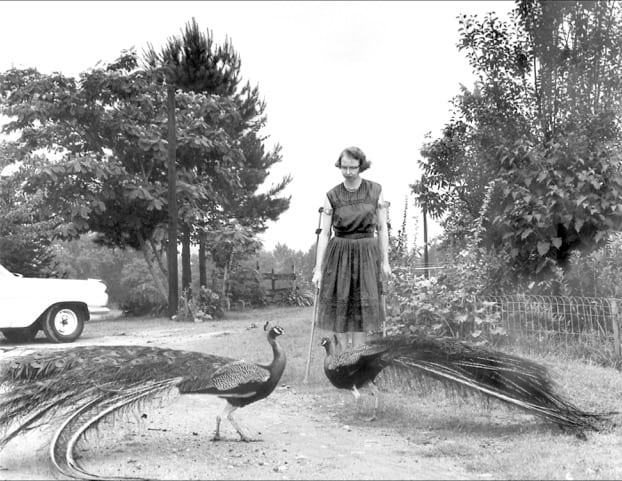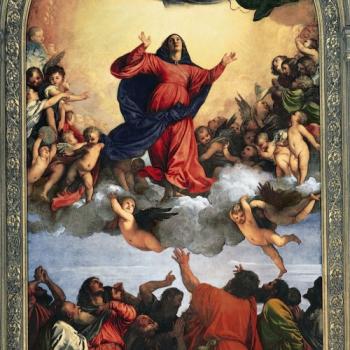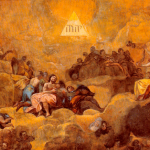Last week, I had the great privilege of going to a conference in Avila. I used the off-time to visit some of the sites associated with the life of St. Teresa of Avila, including the Monastery of the Incarnation, where she experienced her great conversion and the convent of St. Teresa. Beneath the convent is a wonderful little museum devoted to St. Teresa, both the her life and times and the impact she has had on the Church.
We saw many wonderful things (including a few that moved me to tears) but here I want to comment on the religious art associated with her, in particular the iconography of the saint. Perhaps the greatest representation of Teresa is the Transverberation of Teresa by Bernini (see an image here). Bernini has captured the passion and ecstasy of this great spiritual moment in her life (in which she saw and felt her heart pierced by the love of Christ) and expressed it in frankly erotic imagery. As Fr. Andrew Greeley has pointed out, it looks like she is having an orgasm. The first time I read this comparison I was a bit taken aback, but the years (and marriage) have convinced me of the verisimilitude of this comparison.
The vast majority of the images we saw in this museum were, in contrast, pale and lifeless, and did not convey anything of the richness of her spiritual life. Indeed, coming to the title of this post, if Bernini capture her ecstasy in frankly sexual terms, then these other (anonymous) artists gave St. Teresa facial expressions which captured the advice purportedly given to “proper” Victorian women: when your husband wants sex, lie back and think of England until its over. Nevertheless, given the frequency with which they were reproduced, these images were incredibly popular.
So my question is this: why is Catholic iconography, particular since the 19th century, so weak and uninspiring? Beyond the images of St. Teresa, I think of the plasticine images of St. Francis, which some of my fellow Franciscans have dubbed the “bird bath St. Francis”. He is this short little man with a bird on one shoulder and a bunny at his feet. His joy in contemplating God’s creation has been bleached out, leaving a pale ghost. I also think of the image of St. John Vianney, patron of the year of priests. I find the image on the prayer cards distributed to mark this event to be lame: to me they fail to capture any of the dynamism and complexity of this humble parish priest who rose from obscurity to touch the conscience of nation. Instead we get an old man gazing piously towards heaven: someone completely harmless who neither questions nor challenges us in any way. This is hardly the image of the ideal parish priest!
Why do we not only tolerate, but seemingly embrace such insipid imagery? Why have passion and energy been lost, and replaced by a limp-wristed “other worldliness”?












